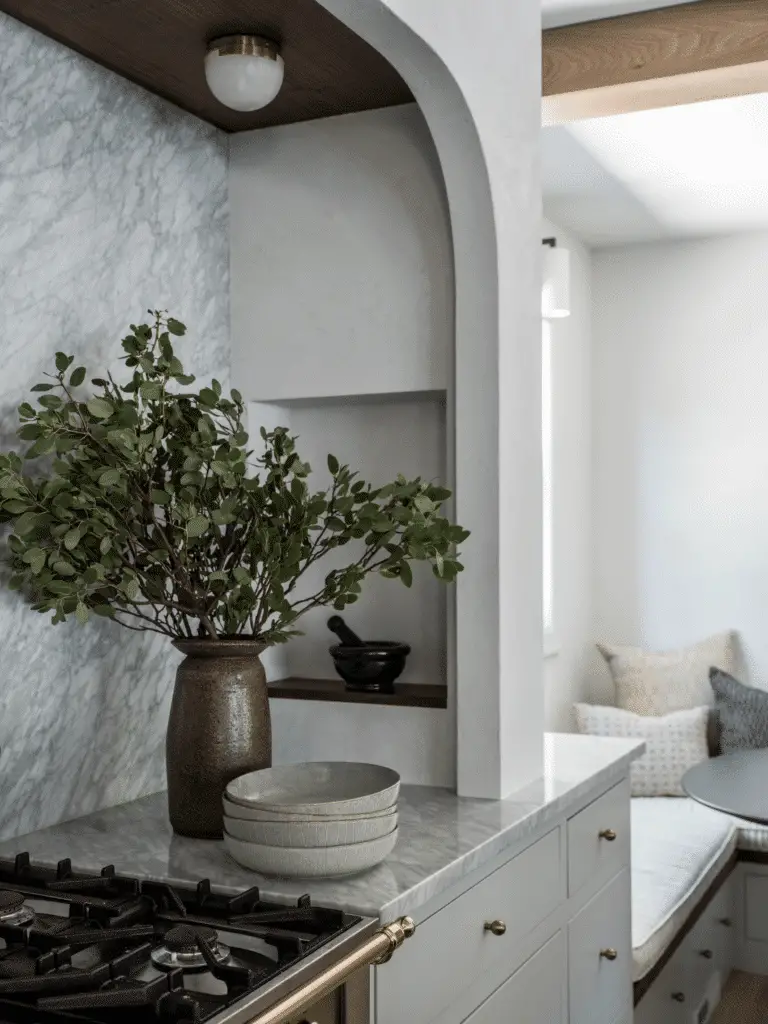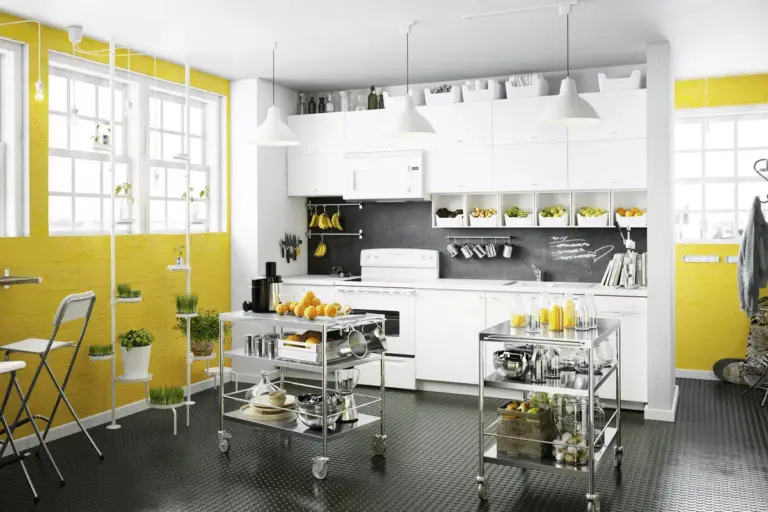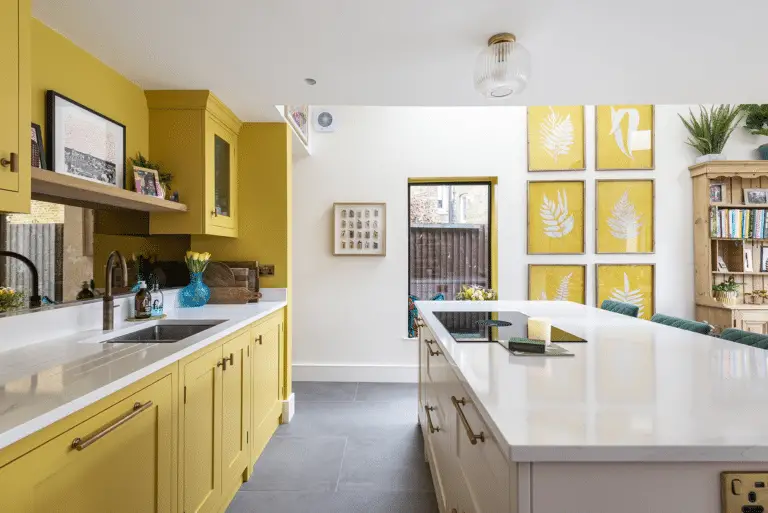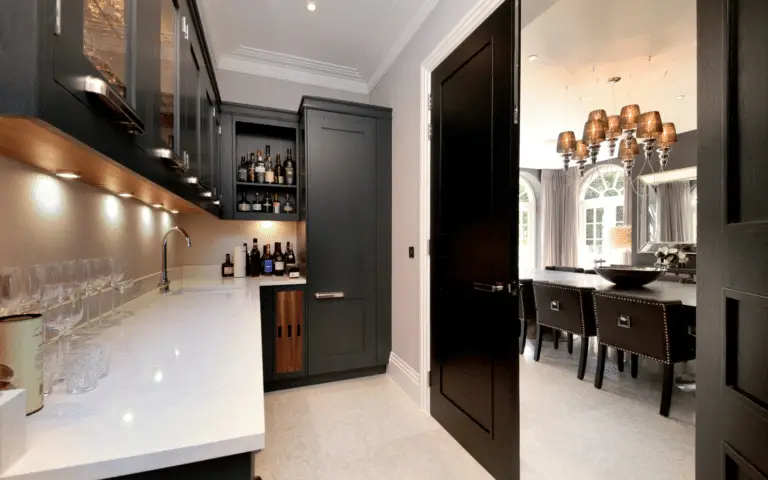Welcome to the world of kitchen design where the rising trend of integrating kitchen islands with columns is taking center stage. Dive into the aesthetic and practical reasons behind this design choice as we explore the step-by-step process, materials needed, benefits, design ideas, and potential challenges with solutions.
Let’s elevate your kitchen space with added support, sophistication, and design impact. Get inspired by various styles, colors, and themes to create your dream kitchen with integrated columns.

The rising popularity of kitchen islands with columns
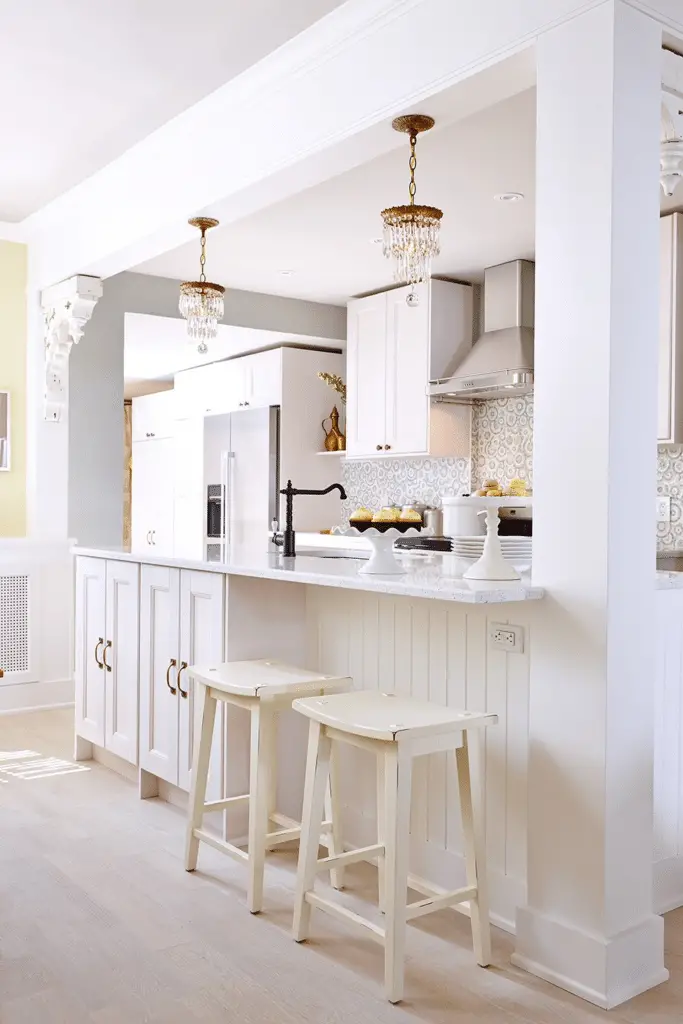
When it comes to kitchen design trends, one that has been steadily gaining popularity is the integration of kitchen islands with columns. This design choice not only adds a touch of sophistication to the kitchen space but also provides practical benefits that make it a desirable option for many homeowners.
Understanding the aesthetic and practical reasons
One of the key reasons behind the rising trend of integrating kitchen islands with columns is the aesthetic appeal it brings to the space. The columns add a sense of architectural interest and elegance to the kitchen, creating a focal point that ties the design together. Additionally, the columns provide a sense of grandeur and sophistication, elevating the overall look of the kitchen.
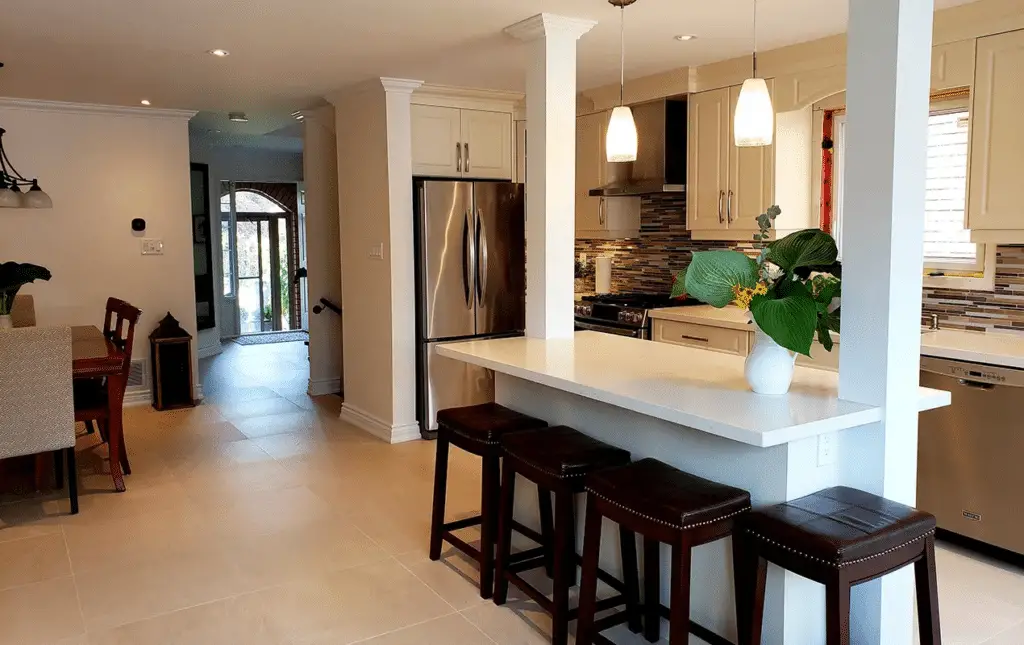
On a practical level, incorporating columns with kitchen islands also offers structural benefits. The columns provide additional support, especially for larger kitchen islands that may require extra reinforcement. This added support not only enhances the functionality of the kitchen island but also ensures its longevity and durability.
Understanding both the aesthetic and practical reasons behind integrating kitchen islands with columns can help homeowners make informed decisions when it comes to their kitchen design choices. Whether you’re looking to add a touch of elegance to your space or seeking additional support for your kitchen island, incorporating columns can be a smart and stylish solution.
The Process of Integrating Kitchen Islands with Columns

When it comes to designing a kitchen with a functional and aesthetically pleasing island, integrating columns can add a unique touch to the overall look. The process of integrating kitchen islands with columns involves careful planning and attention to detail. Let’s take a closer look at the step-by-step guide on how to seamlessly bring these elements together.
Detailed Step-by-Step Guide:
The first step in integrating columns with a kitchen island is to determine the placement and size of the columns. This will depend on the overall layout of the kitchen and the desired design aesthetic. Once the placement is decided, the next step is to choose the material for the columns. Common options include wood, metal, or stone, each adding a different vibe to the kitchen.
After selecting the material, the columns need to be securely installed to provide the necessary support for the island. This is crucial for ensuring the structural integrity of the island and preventing any potential safety hazards. In addition to support, columns can also serve as a design element, adding a touch of elegance and sophistication to the kitchen.
All the Materials and Equipment Needed:
Aside from the columns themselves, there are several materials and equipment needed for the integration process. These may include tools such as drills, screws, and a level for proper installation. Depending on the material chosen for the columns, additional materials like adhesive or brackets may be required to secure them in place.
Furthermore, it’s important to consider the overall style and color scheme of the kitchen when selecting materials and equipment. The goal is to seamlessly blend the columns with the existing design elements, creating a cohesive and visually appealing look.
Integrating kitchen islands with columns is a creative way to enhance the aesthetic and functionality of a kitchen space. By following these steps and carefully selecting the right materials, you can achieve a stunning and well-integrated design that will elevate the overall look of your kitchen.
The Benefits of Kitchen Islands with Columns
When it comes to kitchen design, integrating columns with kitchen islands has become a popular choice for homeowners seeking both structural support and aesthetic appeal. Let’s delve into the key benefits of incorporating columns into your kitchen island design.
Structural Benefits
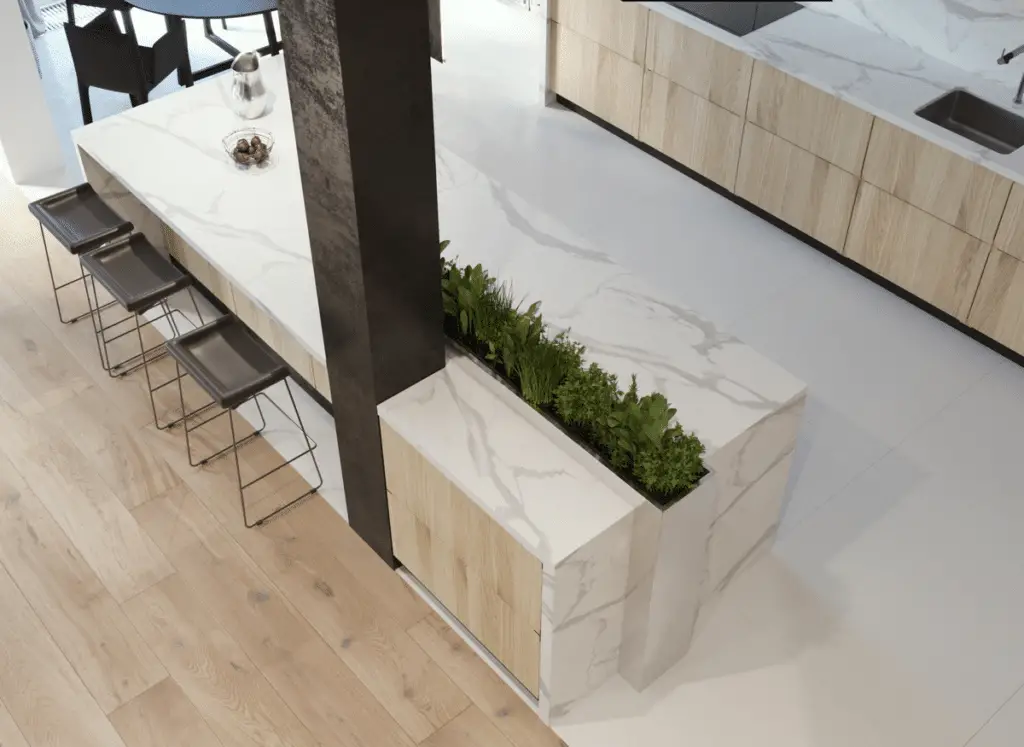
One of the main advantages of including columns in your kitchen island is the additional structural support they provide. This is particularly beneficial for larger kitchen islands that may require extra reinforcement to bear the weight of countertops, appliances, and any additional features. With columns strategically placed, you can ensure that your kitchen island remains sturdy and functional for all your cooking and entertaining needs.
Aesthetic Benefits
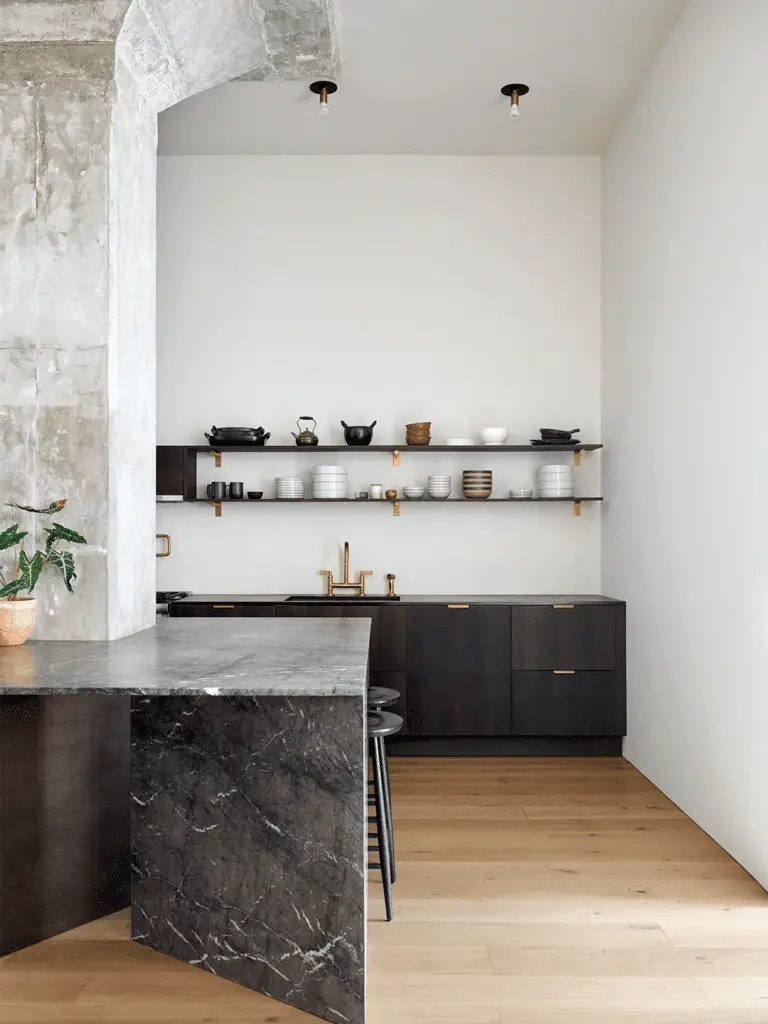
Aside from the practical advantages, integrating columns with your kitchen island can also elevate the overall look and feel of your space. Columns add a touch of sophistication and architectural interest, making your kitchen island a visual focal point in the room. Whether you opt for sleek and modern columns or decorative and ornate ones, the design impact of columns can enhance the style and ambiance of your kitchen.
Furthermore, columns can be customized to match the existing decor elements in your kitchen, creating a seamless integration that ties the entire room together. From classic to contemporary styles, columns offer versatility in design, allowing you to personalize your kitchen island to reflect your unique taste and preferences.
Design Ideas for Kitchen Islands with Columns
When it comes to designing your kitchen island with columns, the options are truly endless. From sleek and modern styles to more traditional and rustic themes, there are countless design ideas to choose from. Let’s explore some popular design inspirations that can elevate the look of your kitchen.
1. Modern Minimalism
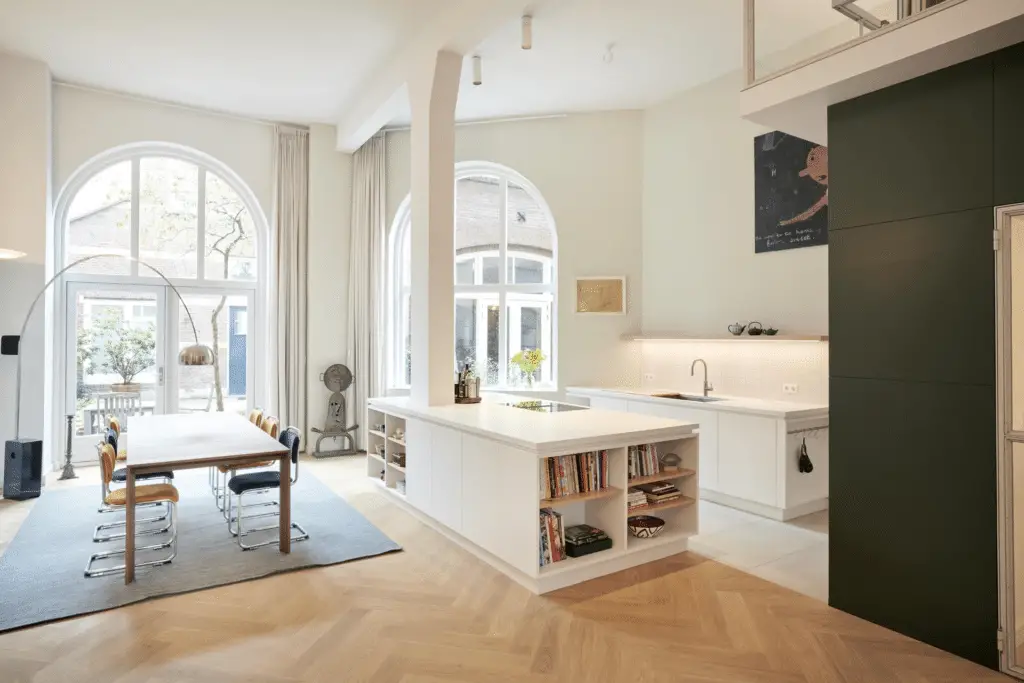
For a clean and contemporary look, opt for a modern minimalist design. Choose sleek, seamless columns that blend seamlessly with the rest of your kitchen. Keep the color palette simple with neutral tones and minimalistic hardware for a chic and sophisticated feel.
2. Rustic Charm
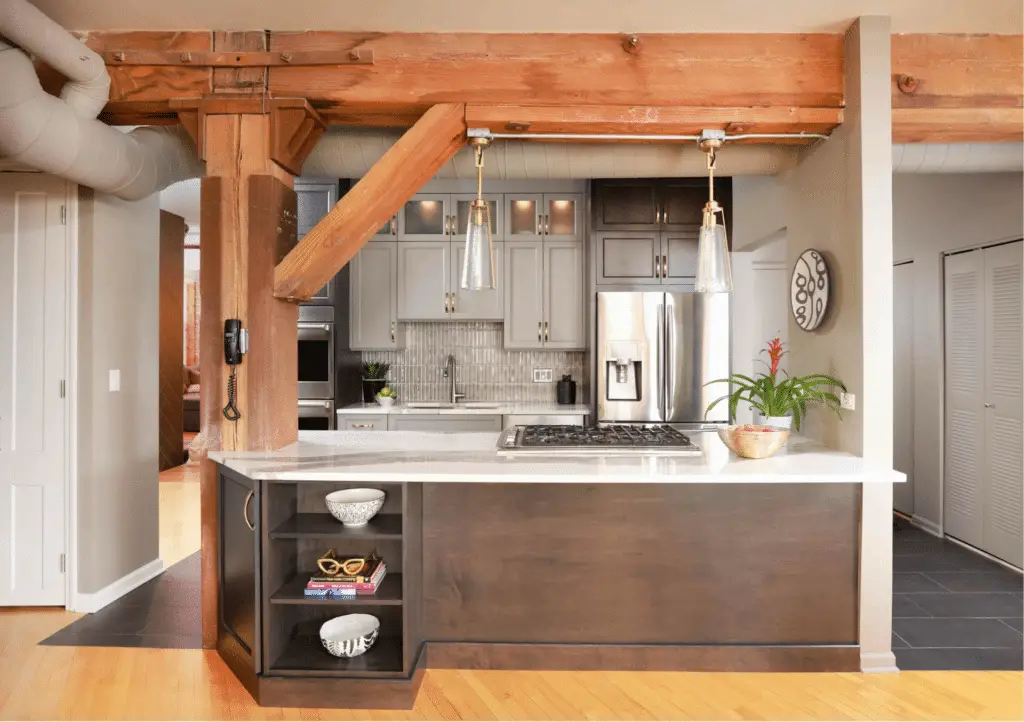
If you prefer a more cozy and inviting vibe, consider incorporating rustic elements into your kitchen island design. Exposed wooden columns paired with reclaimed wood accents can add warmth and character to your space. Don’t be afraid to mix and match different textures and finishes for a truly unique look.
3. Bold and Dramatic
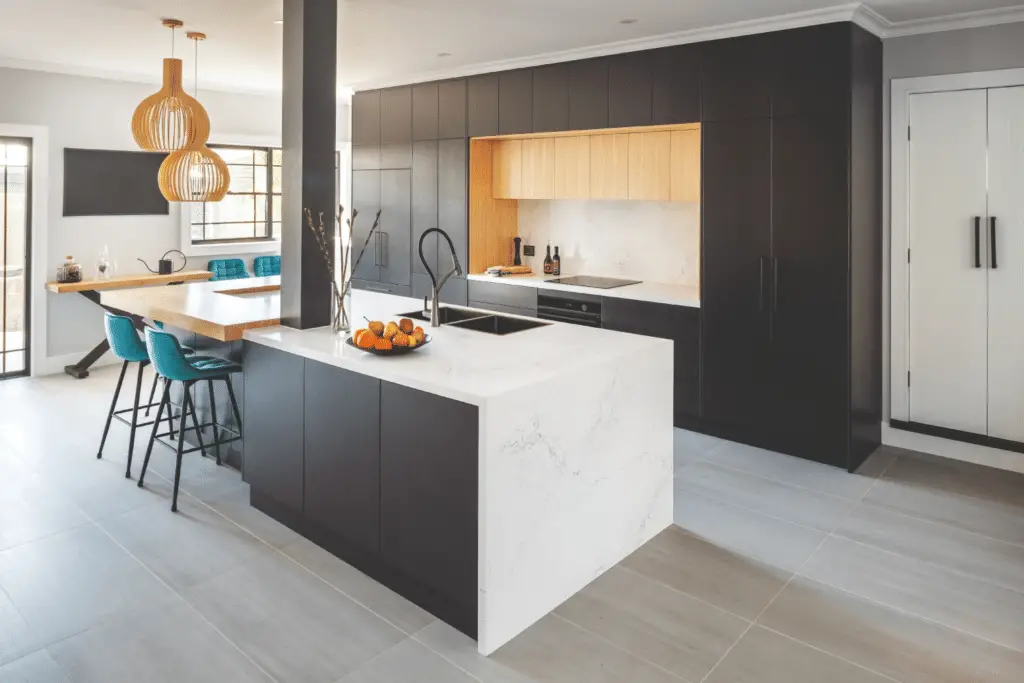
For those who love to make a statement, opt for bold and dramatic design choices. Think rich, jewel-toned columns with intricate detailing and ornate hardware. Pair with a contrasting countertop and statement lighting fixtures to create a kitchen island that demands attention.
4. Timeless Elegance

For a design that stands the test of time, opt for a classic and elegant kitchen island. Choose timeless white columns with marble countertops and delicate hardware for a luxurious look. Add in subtle touches of gold or silver for a touch of glamour that never goes out of style.
By exploring different design ideas for your kitchen island with columns, you can find the perfect style that suits your personal taste and complements the overall aesthetic of your home. Whether you prefer modern minimalism or timeless elegance, there is a design inspiration out there waiting to transform your kitchen into a show-stopping space.
Integrating Kitchen Islands with Columns
When it comes to designing a kitchen, integrating a kitchen island with columns can add both structural support and aesthetic appeal. However, like any design project, there may be potential challenges that need to be addressed in order to achieve the desired outcome.
Potential Challenges
One common challenge when integrating kitchen islands with columns is ensuring that the styles of the two elements complement each other. Mismatched styles can detract from the overall design of the kitchen and create a disjointed look. To overcome this challenge, it’s important to carefully consider the design of both the kitchen island and the columns before installation.
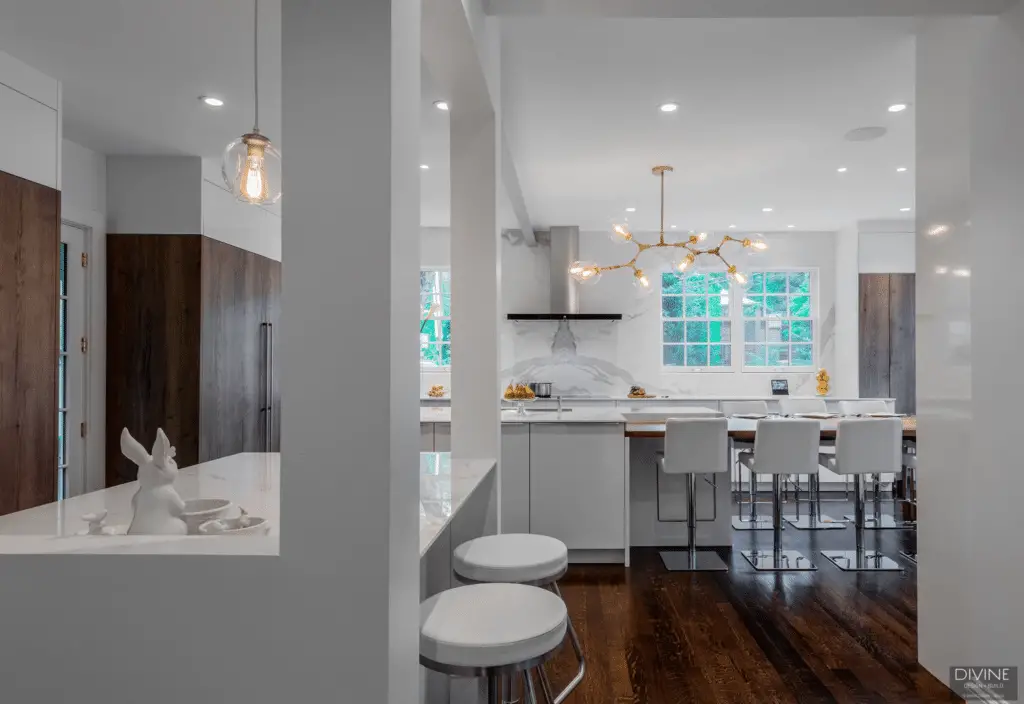
Another challenge that may arise is limited space. Not every kitchen has enough room to accommodate a large kitchen island with support columns. In this case, it may be necessary to explore alternative design solutions that can provide the necessary support without overwhelming the space.
Solutions
To address the challenge of mismatched styles, consider working with a design professional who can help create a cohesive look that ties together the kitchen island and columns. This may involve selecting complementary materials, colors, and finishes that blend seamlessly with the existing decor of the kitchen.
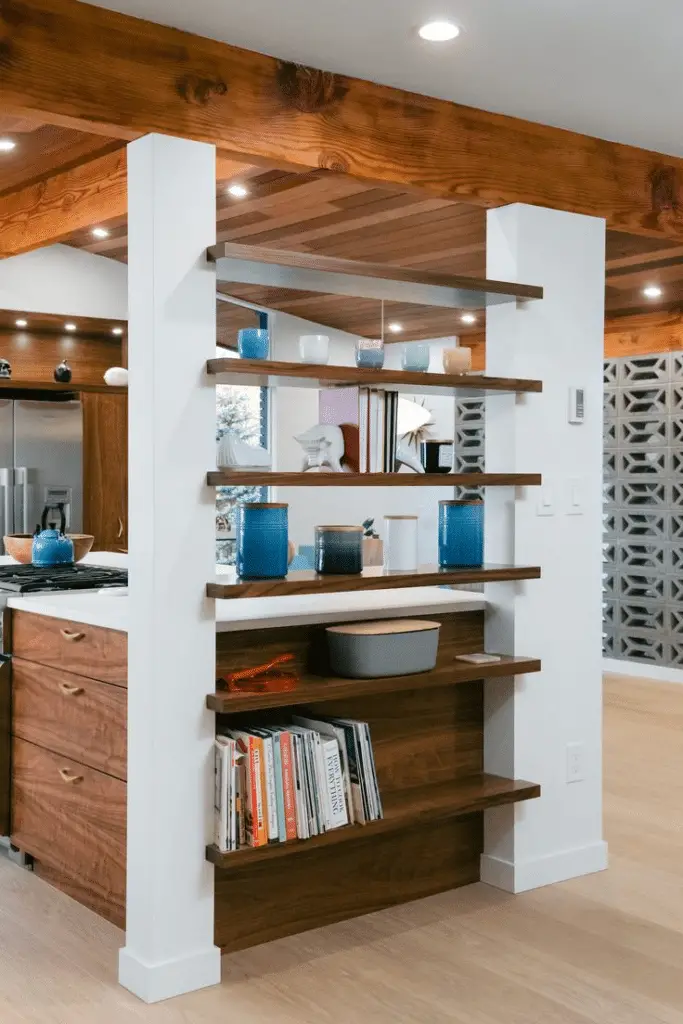
If space is limited, explore the option of using slimmer support columns or incorporating a partial column design that provides the necessary support while minimizing the impact on available space. Additionally, consider creative solutions such as extending the kitchen island into a peninsula design or utilizing other structural supports that can help distribute weight more effectively.
By carefully considering potential challenges and implementing creative solutions, integrating kitchen islands with columns can enhance the overall design of your kitchen while providing both structural support and visual appeal.
Wrapping Up: Elevate Your Kitchen with Columns
In conclusion, incorporating kitchen islands with columns is not only a trend but also a practical and aesthetic choice. From adding structural support to enhancing the overall design of your kitchen, the benefits are numerous.
When integrating columns, consider all materials and equipment needed, and explore different design ideas to match your style. Remember, challenges may arise, but with the right solutions, you can achieve a stunning kitchen that stands out. Elevate your space with columns today!



